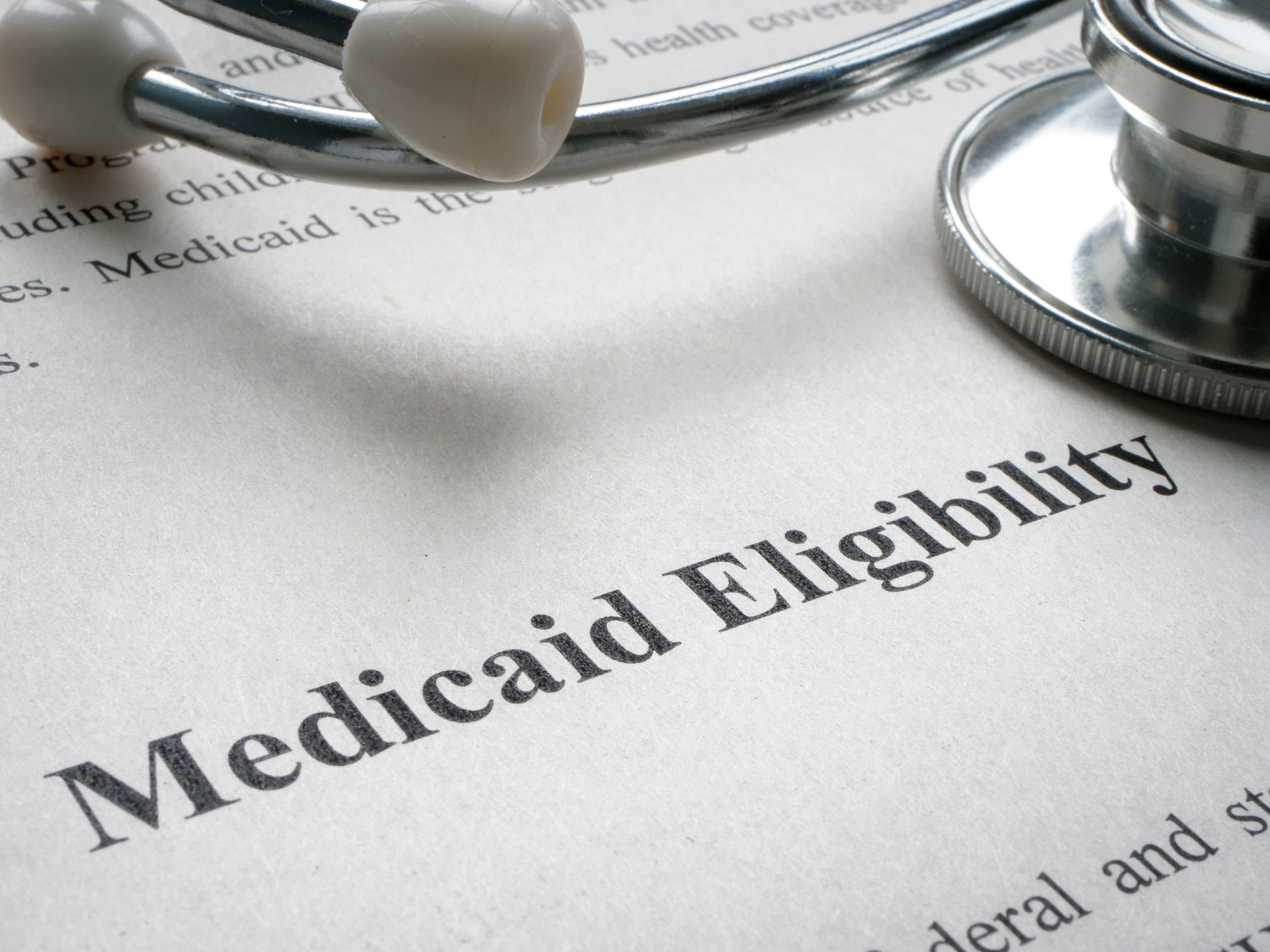La nueva guía de Florida sobre los refuerzos de covid es pura desinformación
Clínicos y científicos denuncian este mensaje como una táctica de miedo con motivación política que también debilita los esfuerzos para proteger contra enfermedades como el sarampión y la tos ferina.
The First Year of Georgia’s Medicaid Work Requirement Is Mired in Red Tape
Georgia must decide soon whether to try to extend a limited Medicaid expansion that requires participants to work. Enrollment fell far short of goals in the first year, and the state isn’t yet able to verify participants are working.
‘What Happens Three Months From Now?’ Mental Health After Georgia High School Shooting
The recent shooting at Apalachee High School outside of Atlanta caused more than physical wounds. Medical experts worry a lack of mental health resources in the community — and in Georgia as a whole — means few options for those trying to cope with trauma from the shooting.
Inside the Political Fight To Build a Rural Georgia Hospital
Political drama involving a rural Georgia county reflects how state regulations that govern when and where hospitals can be built or expanded are evolving.
Bipartisan Effort Paves Way for Reviving Shuttered Hospitals in Georgia
“Certificate of need” laws, largely supported by the hospital industry, limit health facility construction in 35 states and Washington, D.C. Georgia lawmakers decided its law was complicating the reviving of two hospitals critical to their communities.
If Lawsuit Ends Federal Mandates on Birth Control Coverage, States Will Have Say
An ongoing lawsuit aims to set aside the Affordable Care Act’s requirements that insurers cover preventive care, such as contraception. If that happens, state reproductive health laws — varying across the country — would carry more weight, resuming the “wild West” dynamic from before Obamacare.
Americans With HIV Are Living Longer. Federal Spending Isn’t Keeping Up.
Advances in medicine mean more people are living longer with HIV. But aging with HIV comes with an increased risk of health complications, and many worry the U.S. health care system isn’t prepared to treat this growing population.
Toxic Gas That Sterilizes Medical Devices Prompts Safety Rule Update
The Environmental Protection Agency is tightening regulation of ethylene oxide, a carcinogenic gas used to sterilize medical devices. The agency is trying to balance the interests of the health care industry supply chain with those of communities where the gas creates airborne health risks.
Mental Health Courts Can Struggle to Fulfill Decades-Old Promise
Mental health courts have been touted as a means to help reduce the flow of people with mental illness into jails and prisons. But the specialized diversion programs can struggle to live up to that promise, and some say they’re a bad investment.
PrEP, a Key HIV Prevention Tool, Isn’t Reaching Black Women
New HIV infections occur disproportionately among Black women, but exclusionary marketing, fewer treatment options, and provider wariness have limited uptake of preexposure prophylaxis, or PrEP, drugs, which reduce the risk of contracting the virus.











